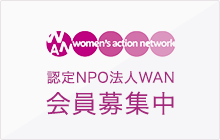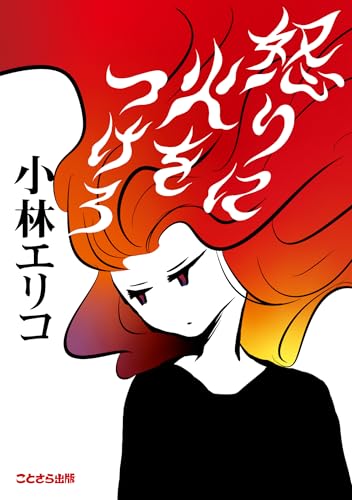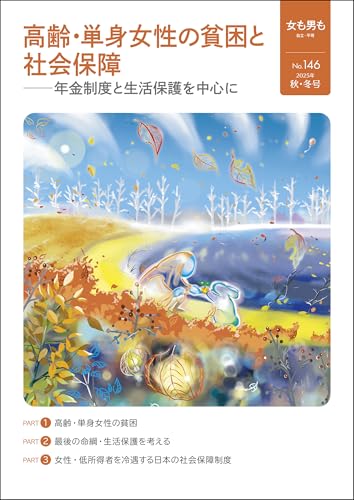2015.04.30 Thu
Absurdity in the Sankei’s Campaign and the Asahi-Bashing
Urgent Symposium for the Final Solution of the Comfort Women Issue Held in Tokyo
This new proposal was submitted to the government in June, 2014, but Abe administration has not taken note of it.
Kono Statement in 1993 and its Bashing in 2014
Before reviewing the articles in question, let me list up the events after a South Korean professor YOON Jung-ok initiated her research on, and interview of, the former comfort women around 1990:
Serious Errors in the Sankei’s Campaign against the Kono Statement
As of September 19, the Sankei responded by notifying two corrections in a small frame on the paper failing to deliver any apologies. And in its reply to the correction request dated September 18, the Sankei explained that it recognized Ms. Tachi’s arguments as facts since they were based on her own experiences. If so, such rule should be adapted to the narratives of the former comfort women. It is widely acknowledged that the stigmatized experience is hard to be narrated and what is spoken out in spite of all the difficulties and pressures has a very good reason to be believed in its mainstay. In contrast, the Sankei’s blunder was assumingly caused by its ill-advised attempt to take advantage of an individual’s memory and her subjective meaning she attached to it for the purpose of a political “verification,” rather than for understanding her experience in its individuality. Nonetheless, the misleading story was in turn consumed and reproduced by those who took advantages by doing that. The individual experience regarded by the Sankei as facts was also quoted by a magazine called Weekly Shincho of July 3, 2014, for framing another story to name FUKUSHIMA Mizuho, the former leader of the Social Democratic Party, as an instigator.
It was clear that the story the Sankei attempted to frame was totally failed. Two of the relevant groups, the executive committee of the 12th Asian Solidarity Conference and Japan Action for Resolution of the “Comfort Women” Issue, sent a written request to the Sankei on August 6, 2014 to urge it to correct the five errors in the articles of May 25 .
Asahi’s Verification and Its Significance
Incidentally, on August 5 and 6, 2014, the Asahi spared the special section to verify how the comfort women issue was taken and developed. They included the Asahi’s responses to a number of questions that would be asked by its readers as well as the Japanese leading paper’s stance toward the controversial issue.
The Asahi was repeatedly criticized since the Prime Minister Abe stated in the end of November,
2012, that because of the Asahi’s misinformation, a fraudulent man named YOSHIDA Seiji wrote a book and it was distributed throughout Japan, becoming a big issue as if it were a true story. And while the Abe administration “verified” the production process of the 1993 Kono statement and issued a report in June, 2014, the Asahi was groundlessly blamed by not a few commentators and online right-wingers for inventing the comfort women issue.
Personal attacks to its staff writer Mr.UEMURA Takashi, who happened to report about Ms. KIM Hak-sun for the first time in Japan, escalated to a terroristic level.
Cool-headed readers of the feature pages would find just few problems that are serious enough to be attacked or blamed. The Asahi re-examined their news gathering and belatedly withdrew some incorrect writings concerning Mr. Yoshida’s story. But as a matter of fact the story had been discredited long before as a result of both academic and nonacademic researches. Neither his testimony nor the Asahi’s reports of it made the comfort women issue unfavorable to Japan, causing bilateral or international problems.
In a symposium held on April 5, 2015, to consider the comfort women issue as well as the Japanese society and media through the Asahi issue, Professor HAYASHI Kaori of the University of Tokyo reported the result of the contents analysis of the overseas media. She conducted it as the only female member of the Asahi Third-party Panel. According to her findings, “comfort women” were most frequently referred to in relation with the Prime Minister Abe’s own comments, not with the Yoshida testimony or the Asahi’s report. Abe has turned out to be the one who keeps attracting the overseas media in a negative way, adversely affecting his government’s efforts.
Written by FUKUOKA A. A.
 慰安婦
慰安婦 貧困・福祉
貧困・福祉 DV・性暴力・ハラスメント
DV・性暴力・ハラスメント 非婚・結婚・離婚
非婚・結婚・離婚 セクシュアリティ
セクシュアリティ くらし・生活
くらし・生活 身体・健康
身体・健康 リプロ・ヘルス
リプロ・ヘルス 脱原発
脱原発 女性政策
女性政策 憲法・平和
憲法・平和 高齢社会
高齢社会 子育て・教育
子育て・教育 性表現
性表現 LGBT
LGBT 最終講義
最終講義 博士論文
博士論文 研究助成・公募
研究助成・公募 アート情報
アート情報 女性運動・グループ
女性運動・グループ フェミニストカウンセリング
フェミニストカウンセリング 弁護士
弁護士 女性センター
女性センター セレクトニュース
セレクトニュース マスコミが騒がないニュース
マスコミが騒がないニュース 女の本屋
女の本屋 ブックトーク
ブックトーク シネマラウンジ
シネマラウンジ ミニコミ図書館
ミニコミ図書館 エッセイ
エッセイ WAN基金
WAN基金 お助け情報
お助け情報 WANマーケット
WANマーケット 女と政治をつなぐ
女と政治をつなぐ Worldwide WAN
Worldwide WAN わいわいWAN
わいわいWAN 女性学講座
女性学講座 上野研究室
上野研究室 原発ゼロの道
原発ゼロの道 動画
動画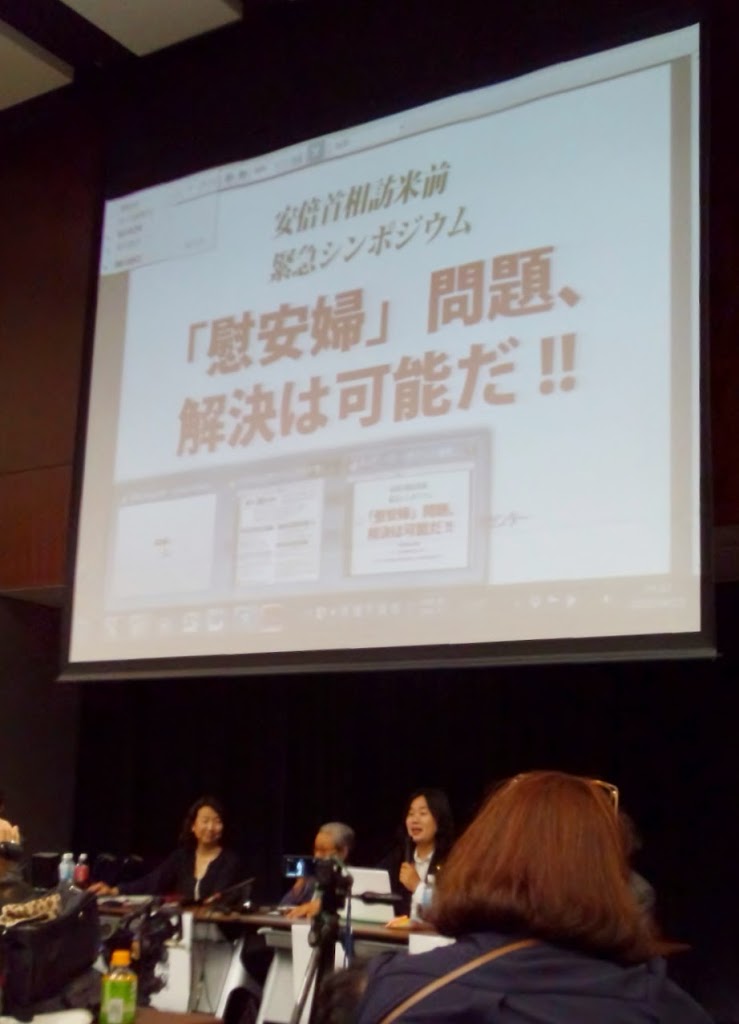
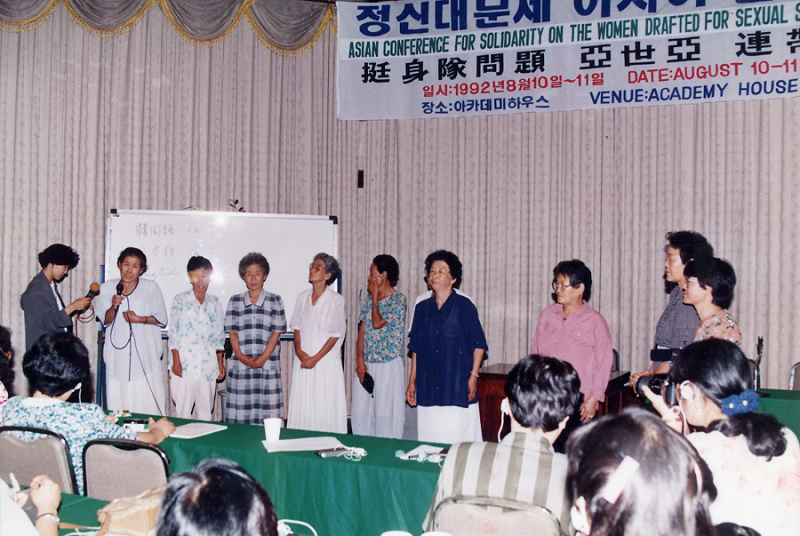
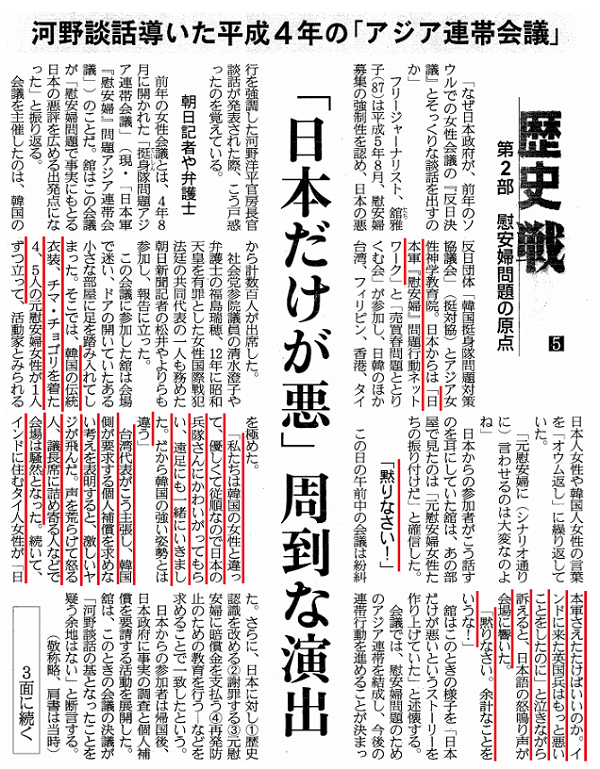



![[広告]広告募集中](https://wan.or.jp/assets/front/img/side_ads-call.png)

